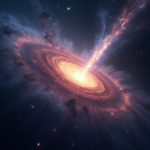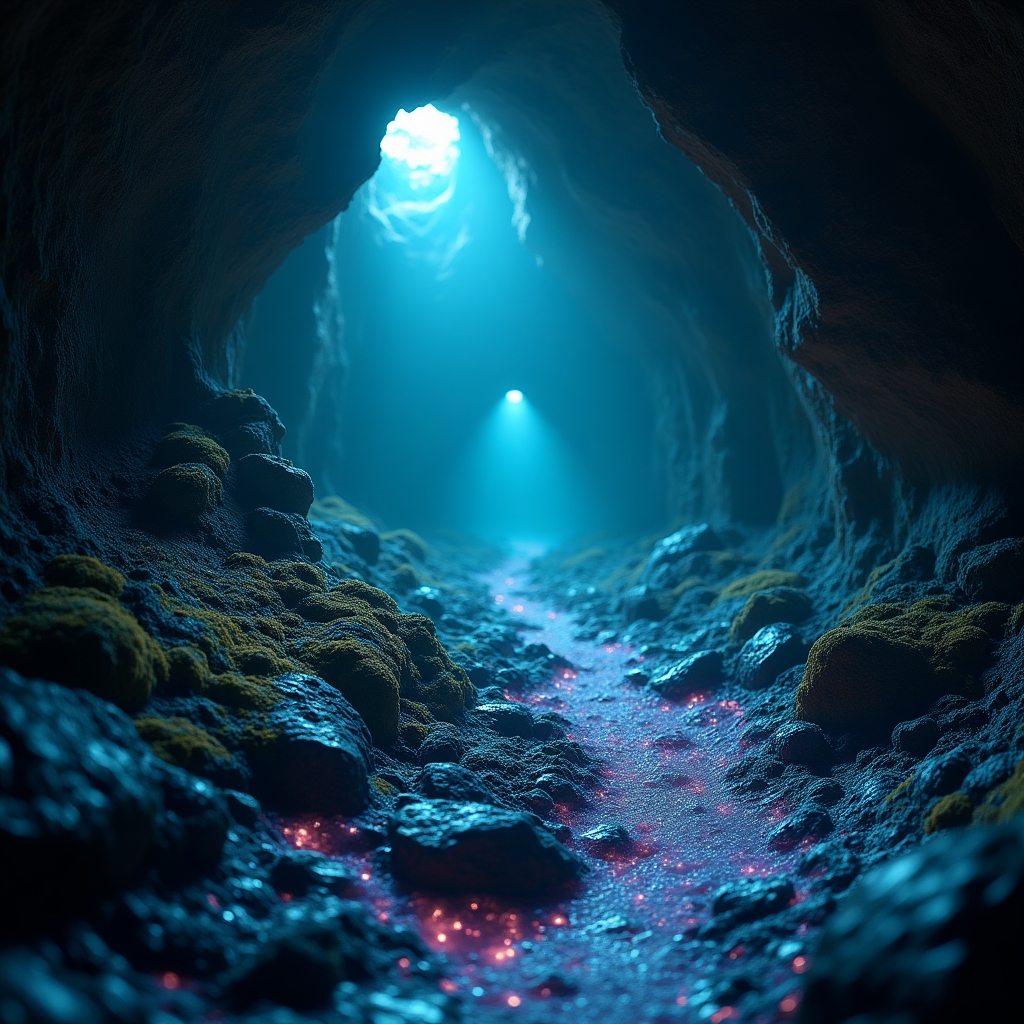In a quiet corner of the cosmos, a remarkable discovery has been unfolding, one that promises to illuminate the mysteries of our universe. An international team of scientists, spearheaded by Japanese researchers, has leveraged the powerful capabilities of the recently launched XRISM (X-ray Imaging and Spectroscopy Mission) spacecraft to detect elemental sulfur in the vast stretches between stars.
iN SUMMARY
- 🔭 International collaboration leads to groundbreaking discoveries with XRISM spacecraft.
- 🌌 XRISM uses x-rays to explore elemental sulfur in cosmic interstellar space.
- 🔬 Discovery could enhance our understanding of the universe's formation.
- 🚀 This marks a step forward for complex scientific cooperation in space exploration.
According to the researchers, this discovery is unprecedented not only in its scientific value but also in the technological leap it represents. XRISM, a collaborative endeavor between NASA and the Japan Aerospace Exploration Agency (JAXA), aims to explore the chemical compositions of universe areas previously obscured from view.
The Mission Behind the Discovery
The XRISM spacecraft is aptly equipped to probe the universe's invisible facets. By observing x-rays emitted from hot spots in the cosmos, XRISM gathers crucial data that reveals the abundance of various elements such as sulfur. Think of it as a space-faring detective, capable of uncovering clues about how elements disperse across galaxies.
The detection of sulfur—in regions between stars known as the interstellar medium—offers insights into cosmic processes like star formation and the lifecycle of galaxies. Understanding these processes requires exploring the interaction of elements, knowledge that XRISM is uniquely positioned to provide.
The Process: How Sulfur Was Spotted
The XRISM team used its advanced instruments to collect x-ray data from space, which was then meticulously analyzed to detect sulfur's spectral lines. This process involves complex spectroscopy, a technique that separates light into its different constituents—a bit like how a prism creates a rainbow. This method allows scientists to pinpoint specific elements and their respective intensities.
| Element | Detection Advantages | Implications for Study |
|---|---|---|
| Sulfur | Found in supernova remnants | Helps study star lifecycle |
| Iron | Abundant in x-ray gas clouds | Insights into galaxy formation |
| Neon | Linked to young stars | Star formation processes |
Why This Matters
Discoveries such as these are pivotal for several reasons. They deepen our understanding of cosmic evolution, shedding light on how simple elements transform into complex compounds, eventually forming stars and planets. Moreover, comprehending the distribution of elements aids astronomers in modeling the universe's formation and predicting future cosmic events.
Beyond the scientific implications, this international mission is a testament to the power of collaboration. By uniting experts and resources from multiple nations, XRISM's achievements echo the potential for shared human endeavors to transcend borders and expand knowledge.
The Future: Implications Beyond the Stars
Looking to the future, continued observations from XRISM will likely reveal even more about the universe's composition and behavior. This not only advances the field of astronomy but also invites public interest and appreciation for space exploration.
As our curiosity propels us further into the unknown, each discovery becomes a step toward understanding our place in the cosmos. The significance of sulfur's detection might not be limited to scientific circles; it's a reminder of humanity's quest for knowledge and the amazing feats we achieve through cooperation.
For those intrigued by this discovery and the mission behind it, you might be inspired to join the ranks of world explorers and scientists. As Dr. Makiko Yoshida, one of the lead scientists on the project, notes, "Scientific pursuits like these not only enrich our understanding of the cosmos but also remind us how interconnected we are in our quest for enlightenment." Her words reflect the shared spirit of curiosity that drives innovation in both science and technology.
A Call to Passionate Minds and Curious Souls
This stellar breakthrough challenges us to ask what else might be revealed by looking deeper into our universe. How can these findings influence future scientific missions? Could the understanding of elemental distribution between stars impact our day-to-day life on Earth?
If these questions spark curiosity or you find inspiration in the stars, consider joining the iNthacity community, a hub for enthusiasts and inquisitive minds alike. We invite you to share your thoughts, debate cosmic implications, and engage with others who share your passion. Together, we can champion the wonder of discovery.
In the words of Carl Sagan, who often reminded us, "Somewhere, something incredible is waiting to be known." This adventure into space not only answers questions but also ignites new ones. Let's explore them together, with hope and a bit of stardust in our eyes.
Disclaimer: This article may contain affiliate links. If you click on these links and make a purchase, we may receive a commission at no additional cost to you. Our recommendations and reviews are always independent and objective, aiming to provide you with the best information and resources.
Get Exclusive Stories, Photos, Art & Offers - Subscribe Today!
























Post Comment
You must be logged in to post a comment.